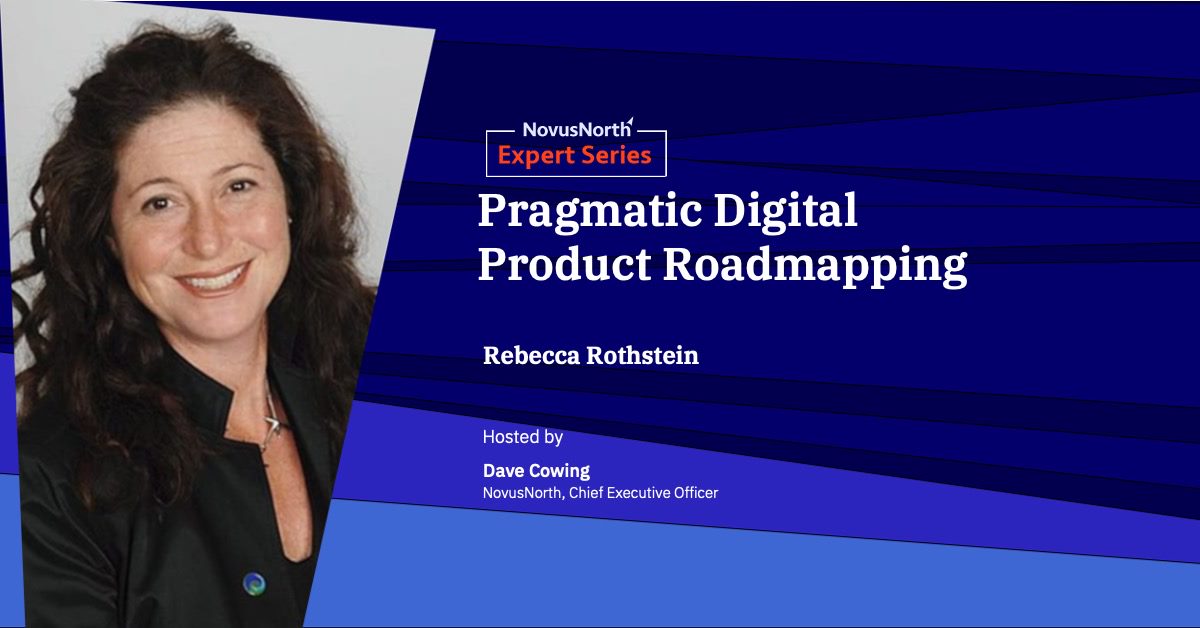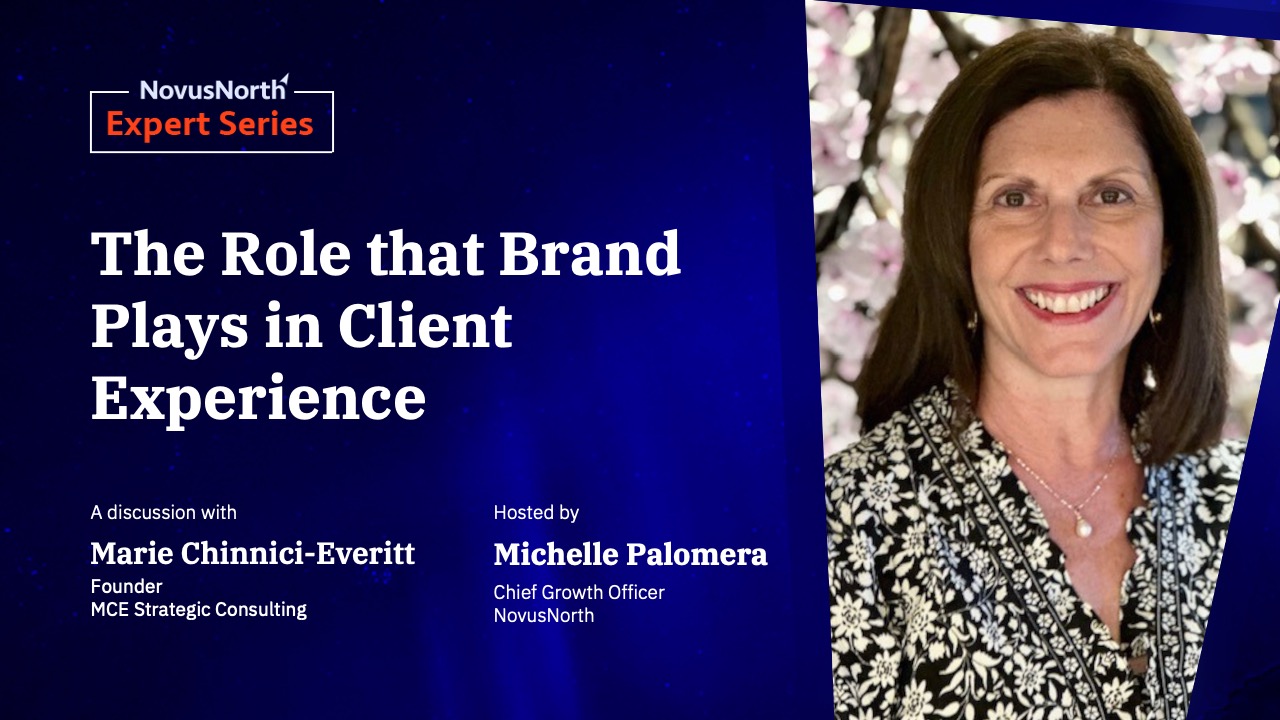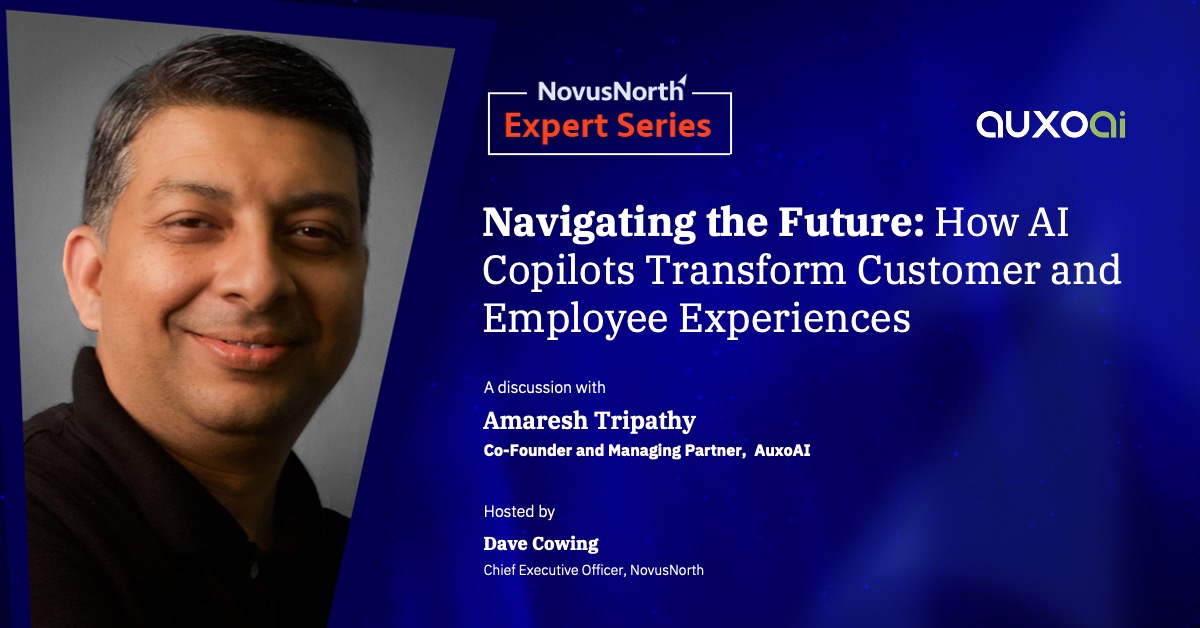Customer Experience has been on the radar for many years. However, contrary to many articles on the subject, truly becoming and behaving like a client-centric organization in 2024 involves more than simply adopting AI to help. This is the first post in a series of articles we will be sharing to help your company become more client centric and to elevate your client experience, including examples and practical strategies you can employ.
Best practices of becoming more client centric
Based on our experience working with large, complex organizations over the years, here are 5 best practices that your company can leverage to become more client centric.

Align your executive team on your target client personas and segments.
Consider your go-forward business strategy. Where is profitable growth coming from? What markets are the company focused on? What are highest value relationships? Look at cost of sales, customer acquisition and retention costs as well as measures like lifetime revenue. Understand that personas may be relevant for only certain aspects of the customer lifecycle/relationship.

Conduct ongoing research with your clients.
Supplement VOC (voice of customer) programs with direct user research with your clients in context of their workflow and how they typically interact with your company, whether it be digital, via phone or other channels. This will add additional behavioral and motivational insights to any kind of data you may be gathering. Not only does this uncover pain points or gaps to be addressed, but it also may shed light on valuable new business opportunities and allow you to proactively anticipate client needs.
In one project we led, we found through contextual inquiry that the company’s clients had little interest in using the available UI tool and simply wanted an API to directly integrate the data into their own environment. This saved the company capital investment on the client platform initiative and also gave them a new product development opportunity that would improve the client experience.

Develop a cross-functional Customer Experience strategy and roadmap.
Enlist a working team that has colleagues from sales, marketing, product, technology/digital, data, client service, and SMEs from groups that interact with clients or client data. Define feasible, regular intervals of defining, designing and implementing solutions to show incremental value along the way. Communicate with clients about forthcoming projects and changes to ‘bring them along’. Seek best practices from industry peers, experts and vendors to keep a pulse on trends and what has worked or not for other firms.
Institutionalize a way of doing this. Firms like Forrester and Gartner have free resources and also offer advisory board and industry peer programs that facilitate this. Consulting firms like NovusNorth also offer various related services that enable peer networking. Top academic institutions have programs and labs for companies to tap into their research and student base. Refresh this strategy on an annual basis ahead of fiscal budget planning to inform next years’ capital budget. Include forming solid business cases to justify activities and programs and any additional headcount.

Ensure accountability for Customer Experience is built into performance evaluation, measurement and compensation programs.
Customer Experience is often a function that is jointly owned between ‘Growth’ (marketing & sales) and Client Service, and possibly other functions like Product. This can work if the strategy defines clear goals and outcomes, and those outcomes have owners that can be accountable for delivering.
It is critical, however, that there is adequate funding to support the build-out of any solutions required to deliver outcomes. Define target goals and measurable outcomes and assign owners of each outcome. Empower the owners to drive change, define solutions and deliver results directly. Tie leadership compensation to outcomes and incentivize teams to work cross-organizationally to achieve defined outcomes.

Be sure to proactively manage change.
It is important to realize that shifting culture, responsibilities and ownership will be a change that needs to be managed and thought-through. Adopting new language and techniques will require some training or coaching and roll-out planning to enable the organization to understand, digest, and adopt it. Be sure to celebrate and socialize wins, accomplishments and client feedback to gain internal support and momentum.
RELATED INSIGHTS
Product planning and management requires discipline, practical decision making, and flexibility. Learn how product roadmaps are used to achieve success for both short and long term value-added feature releases to customers for a community bank.
By NovusNorth
Most projects don’t achieve their goals. Here’s a framework that ensures you can exceed your business and customer goals in your digital product programs.
By Michelle Palomera
About The Author

Michelle Palomera
Chief Growth Officer and Co-Founder of NovusNorth
With an extensive career in design, technology and consulting for 30 years, Michelle has helped global firms develop and create market-leading and award-winning digital products and customer experiences. A former leader in several start-ups and public firms herself, Michelle has also led various acquisition, integration and strategic partnership initiatives.
Customer Experience has been on the radar for many years. However, contrary to many articles on the subject, truly becoming and behaving like a client-centric organization in 2024 involves more than simply adopting AI to help. This is the first post in a series of articles we will be sharing to help your company become more client centric and to elevate your client experience, including examples and practical strategies you can employ.
Best practices of becoming more client centric
Based on our experience working with large, complex organizations over the years, here are 5 best practices that your company can leverage to become more client centric.

Align your executive team on your target client personas and segments.
Consider your go-forward business strategy. Where is profitable growth coming from? What markets are the company focused on? What are highest value relationships? Look at cost of sales, customer acquisition and retention costs as well as measures like lifetime revenue. Understand that personas may be relevant for only certain aspects of the customer lifecycle/relationship.

Conduct ongoing research with your clients.
Supplement VOC (voice of customer) programs with direct user research with your clients in context of their workflow and how they typically interact with your company, whether it be digital, via phone or other channels. This will add additional behavioral and motivational insights to any kind of data you may be gathering. Not only does this uncover pain points or gaps to be addressed, but it also may shed light on valuable new business opportunities and allow you to proactively anticipate client needs.
In one project we led, we found through contextual inquiry that the company’s clients had little interest in using the available UI tool and simply wanted an API to directly integrate the data into their own environment. This saved the company capital investment on the client platform initiative and also gave them a new product development opportunity that would improve the client experience.

Develop a cross-functional Customer Experience strategy and roadmap.
Enlist a working team that has colleagues from sales, marketing, product, technology/digital, data, client service, and SMEs from groups that interact with clients or client data. Define feasible, regular intervals of defining, designing and implementing solutions to show incremental value along the way. Communicate with clients about forthcoming projects and changes to ‘bring them along’. Seek best practices from industry peers, experts and vendors to keep a pulse on trends and what has worked or not for other firms.
Institutionalize a way of doing this. Firms like Forrester and Gartner have free resources and also offer advisory board and industry peer programs that facilitate this. Consulting firms like NovusNorth also offer various related services that enable peer networking. Top academic institutions have programs and labs for companies to tap into their research and student base. Refresh this strategy on an annual basis ahead of fiscal budget planning to inform next years’ capital budget. Include forming solid business cases to justify activities and programs and any additional headcount.

Ensure accountability for Customer Experience is built into performance evaluation, measurement and compensation programs.
Customer Experience is often a function that is jointly owned between ‘Growth’ (marketing & sales) and Client Service, and possibly other functions like Product. This can work if the strategy defines clear goals and outcomes, and those outcomes have owners that can be accountable for delivering.
It is critical, however, that there is adequate funding to support the build-out of any solutions required to deliver outcomes. Define target goals and measurable outcomes and assign owners of each outcome. Empower the owners to drive change, define solutions and deliver results directly. Tie leadership compensation to outcomes and incentivize teams to work cross-organizationally to achieve defined outcomes.

Be sure to proactively manage change.
It is important to realize that shifting culture, responsibilities and ownership will be a change that needs to be managed and thought-through. Adopting new language and techniques will require some training or coaching and roll-out planning to enable the organization to understand, digest, and adopt it. Be sure to celebrate and socialize wins, accomplishments and client feedback to gain internal support and momentum.
RELATED INSIGHTS
Product planning and management requires discipline, practical decision making, and flexibility. Learn how product roadmaps are used to achieve success for both short and long term value-added feature releases to customers for a community bank.
By NovusNorth
Most projects don’t achieve their goals. Here’s a framework that ensures you can exceed your business and customer goals in your digital product programs.
By Michelle Palomera
About The Author

Michelle Palomera
Chief Growth Officer and Co-Founder of NovusNorth
With an extensive career in design, technology and consulting for 30 years, Michelle has helped global firms develop and create market-leading and award-winning digital products and customer experiences. A former leader in several start-ups and public firms herself, Michelle has also led various acquisition, integration and strategic partnership initiatives.
Let’s Talk!
Trying to find your new north? Get in touch to find out how we can work together to achieve the business outcomes you need.
Our Latest Insights
Founder and Principal of MCE Strategic Consulting Marie Chinnici-Everitt, shares how companies can make a stronger connection between their brand and delivering a superior client experience in today’s competitive landscape in financial services.
By NovusNorth
Client Experience is critical now more than ever. Here are practical strategies for shifting to a client-centric culture and aligning your organization.
By Michelle Palomera
Co-founder and Managing Partner of AuxoAI, Amaresh Tripathy on how enterprises can harness AI copilots to provide enterprise value while improving experience for customers and employees.
By NovusNorth





